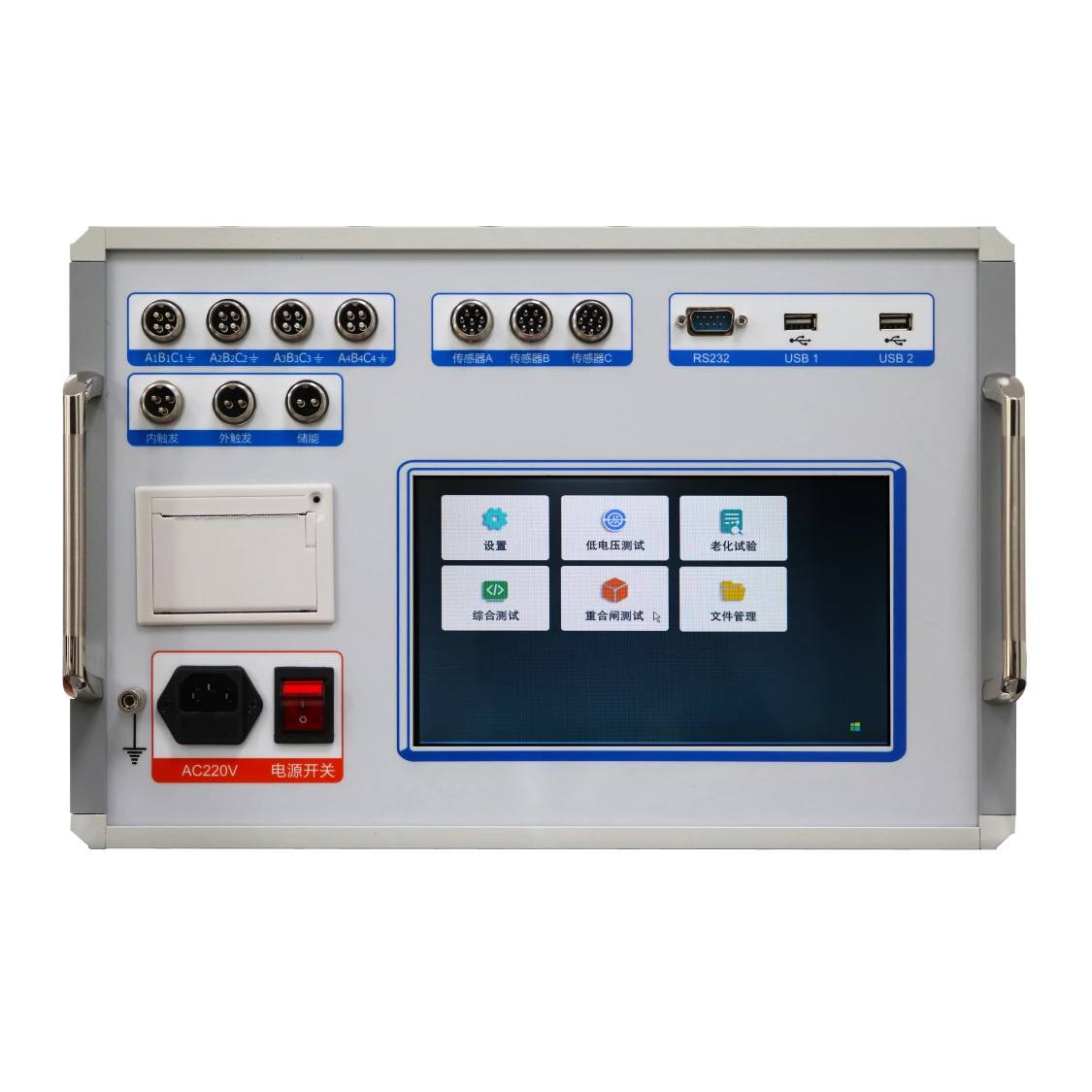 English
English


power transformer insulation resistance test
Understanding the Insulation Resistance Test for Power Transformers
Power transformers are critical components in electrical power systems, serving to step up or step down voltages for efficient transmission and distribution. The integrity of a transformer largely depends on its insulation system, which plays a vital role in preventing electrical failures and ensuring operational reliability. One of the key tests performed on transformers to assess their insulation performance is the insulation resistance test.
What is the Insulation Resistance Test?
The insulation resistance test, often referred to as the IR test, is a diagnostic procedure aimed at evaluating the insulation properties of a power transformer's windings. This test measures the resistance that the insulating material offers to the flow of electric current, thereby indicating its condition and effectiveness in preventing leakage currents.
The primary purpose of this test is to ensure that the insulation can withstand the operating voltage without breaking down. A low insulation resistance value may suggest that there is a deterioration of the insulating material, presence of moisture, or contamination, which could lead to failures if not addressed.
How Is the Test Conducted?
The insulation resistance test is performed using an insulation resistance tester, which applies a specified DC voltage (typically between 500V to 5,000V) to the windings while the transformer is offline. The resistance is measured in megaohms (MΩ), and technicians will follow these general steps
1. Preparation Before conducting the test, it is crucial to ensure that the transformer is de-energized, and all connections are secure. Disconnecting any circuits connected to the transformer will prevent incorrect readings or damage.
2. Testing Procedure The insulation resistance tester is connected to the winding terminals. The tester applies a high DC voltage for a specified duration, usually ranging between 1 to 10 minutes, to maintain a stable reading.
3. Recording the Values After the test duration, the resistance value is recorded. A high value, typically above 1 MΩ, indicates good insulation, while values significantly lower may indicate issues requiring further investigation.
power transformer insulation resistance test

4. Temperature Correction Since insulation resistance is temperature dependent, it is important to compare the measured values against established standards. Temperature correction factors can be applied to ensure accurate evaluation.
Interpretation of Results
The interpretation of insulation resistance test results involves considering various factors, including the age of the transformer, the materials used for insulation, and environmental conditions. Generally, the following guidelines are used for result interpretation
- Above 100 MΩ Indicates excellent insulation condition; the transformer is in good health. - 10 MΩ to 100 MΩ Acceptable; though monitoring is advised, particularly as the equipment ages. - 1 MΩ to 10 MΩ Marginal; further investigation and corrective actions, such as drying or replacement of insulation, may be necessary. - Below 1 MΩ Poor condition; immediate remedial action is required to prevent possible failure.
Importance of Regular Insulation Resistance Testing
Conducting regular insulation resistance tests on power transformers is essential for reliability and longevity. It not only helps detect potential issues before they escalate into major failures but also aids in planning maintenance schedules and resource allocation effectively.
By integrating this test into a comprehensive maintenance program, utilities can enhance the safety and efficiency of their operations. Properly maintained transformers minimize downtime and repair costs, thereby ensuring consistent power delivery to consumers.
Conclusion
The insulation resistance test is a simple yet powerful tool in the maintenance toolkit for power transformers. By systematically evaluating the insulation properties, utility companies can safeguard their assets, uphold reliability standards, and ultimately contribute to the stability of the entire electrical power system. Ensuring the health of transformer insulation is not just a preventive measure; it is a fundamental practice that supports the very foundation of modern electricity distribution. Regular testing can extend the service life of transformers and ensure they operate efficiently under the stresses of daily use.
-
Differences between open cup flash point tester and closed cup flash point testerNewsOct.31,2024
-
The Reliable Load Tap ChangerNewsOct.23,2024
-
The Essential Guide to Hipot TestersNewsOct.23,2024
-
The Digital Insulation TesterNewsOct.23,2024
-
The Best Earth Loop Impedance Tester for SaleNewsOct.23,2024
-
Tan Delta Tester--The Essential Tool for Electrical Insulation TestingNewsOct.23,2024





